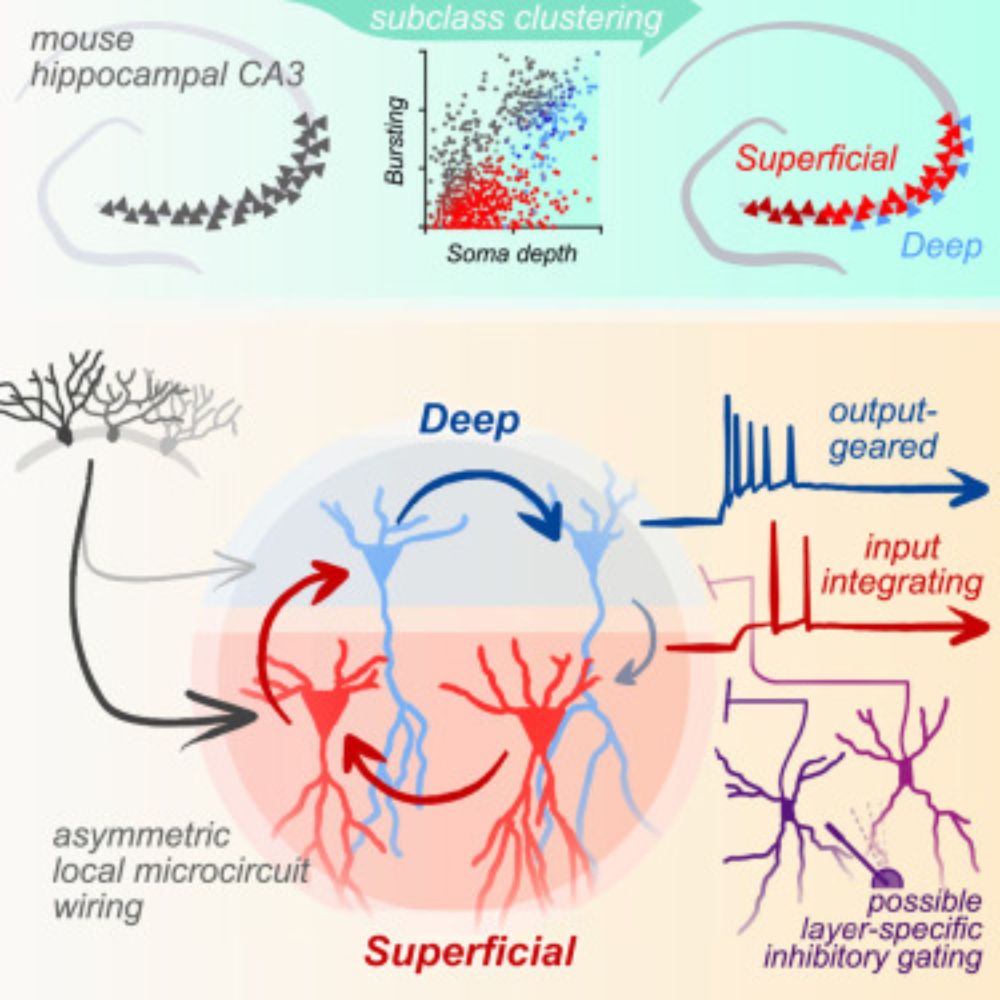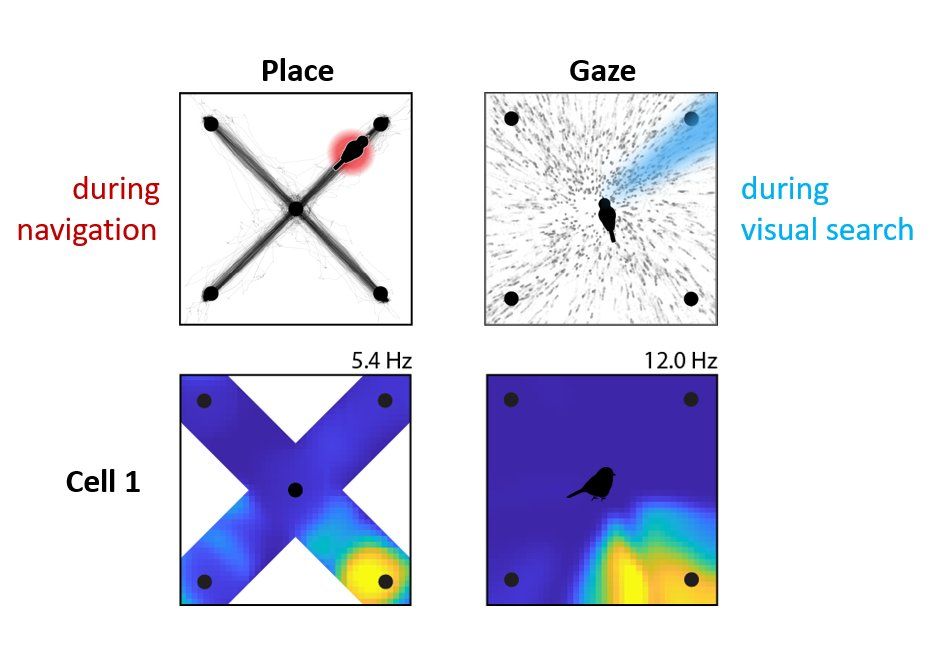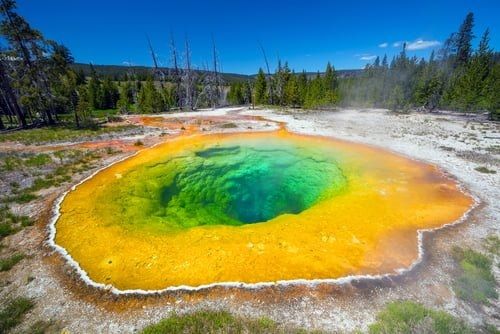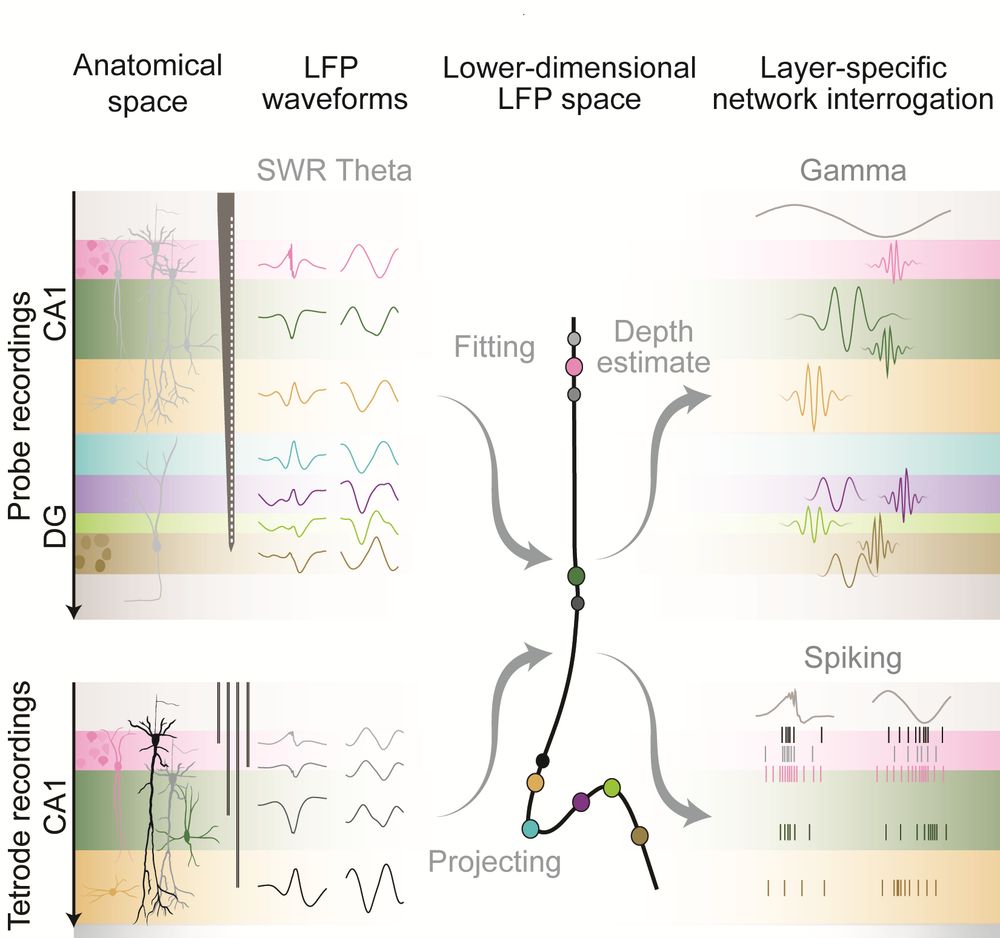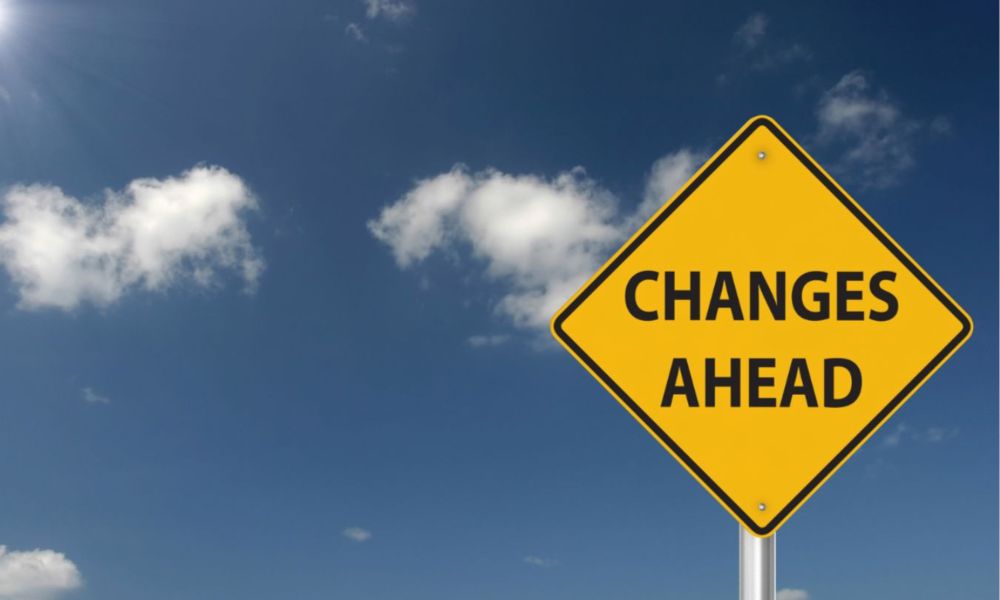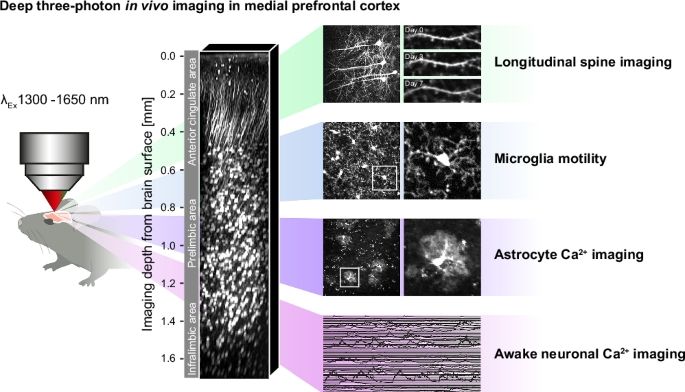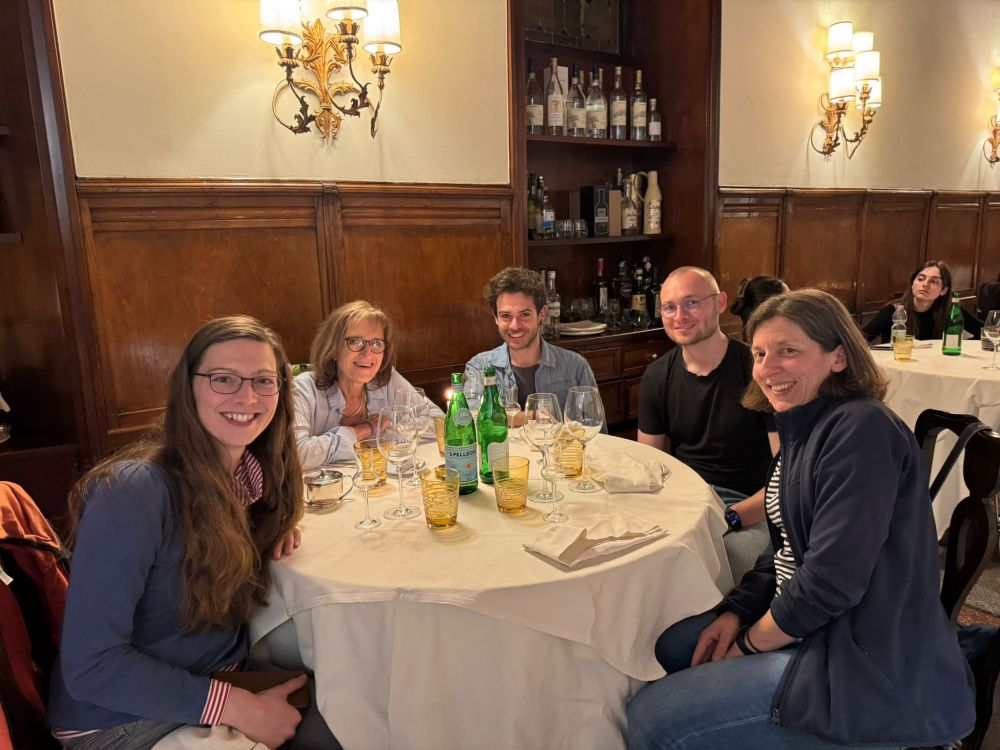Antje Kilias
@antjekilias.bsky.social
87 followers
120 following
9 posts
Neuroscientist, PostDoc in the Bartos Lab
Posts
Media
Videos
Starter Packs
Reposted by Antje Kilias
Reposted by Antje Kilias
Reposted by Antje Kilias
Reposted by Antje Kilias
Reposted by Antje Kilias
Reposted by Antje Kilias
Cantin Ortiz
@cantinortiz.bsky.social
· Jul 1

Task engagement differentially drives hippocampal and neocortical neural codes
Sensory inputs are progressively transformed into internal representations of the environment along the cortical hierarchy. How does the behavioral relevance of these inputs affect this encoding? Usin...
www.biorxiv.org
Antje Kilias
@antjekilias.bsky.social
· Aug 2
Reposted by Antje Kilias
Jake Watson
@jakefwatson.bsky.social
· Jul 15
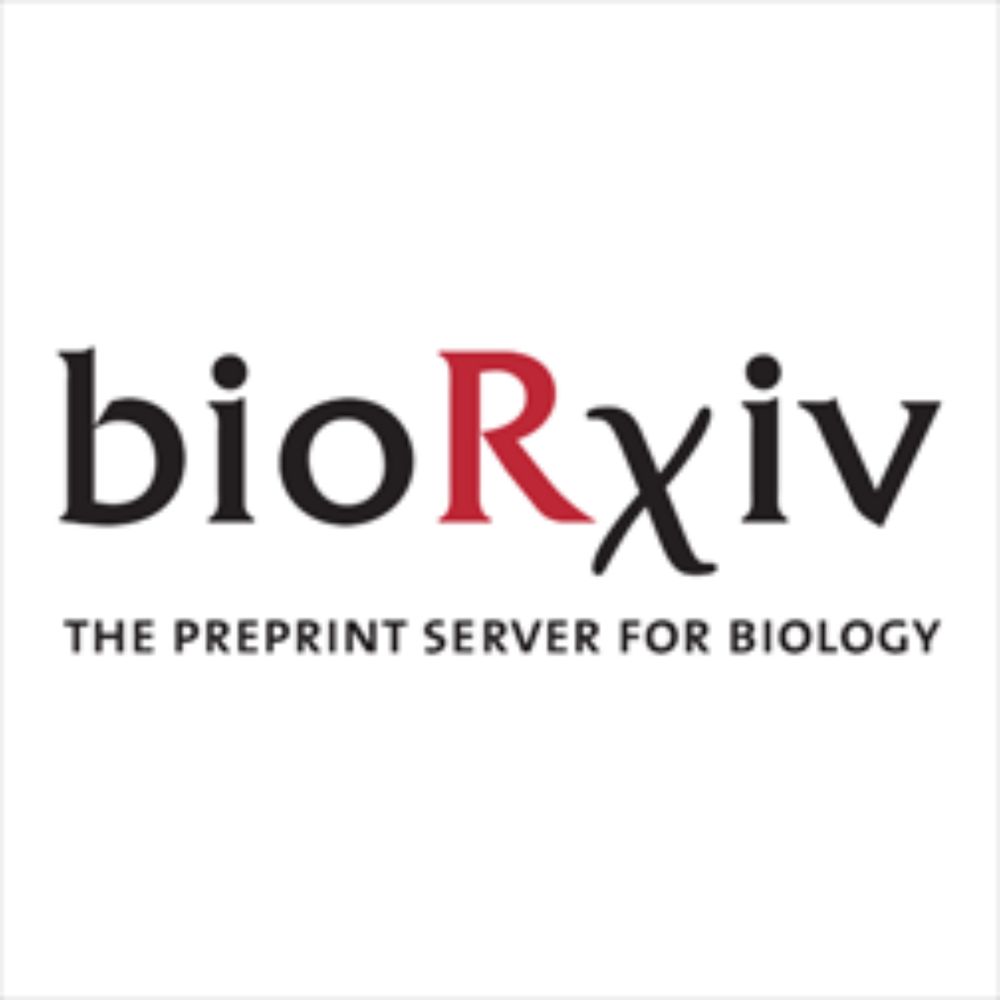
Connectomic reconstruction from hippocampal CA3 reveals spatially graded mossy fiber inputs and selective feedforward inhibition to pyramidal cells
The mossy fiber (MF) connections to pyramidal cells in hippocampal CA3 are hypothesized to participate in pattern separation and memory encoding, yet no large–scale neuronal wiring diagram exists for ...
www.biorxiv.org
Reposted by Antje Kilias
Edvard I Moser
@edvardmoser.bsky.social
· Jun 26
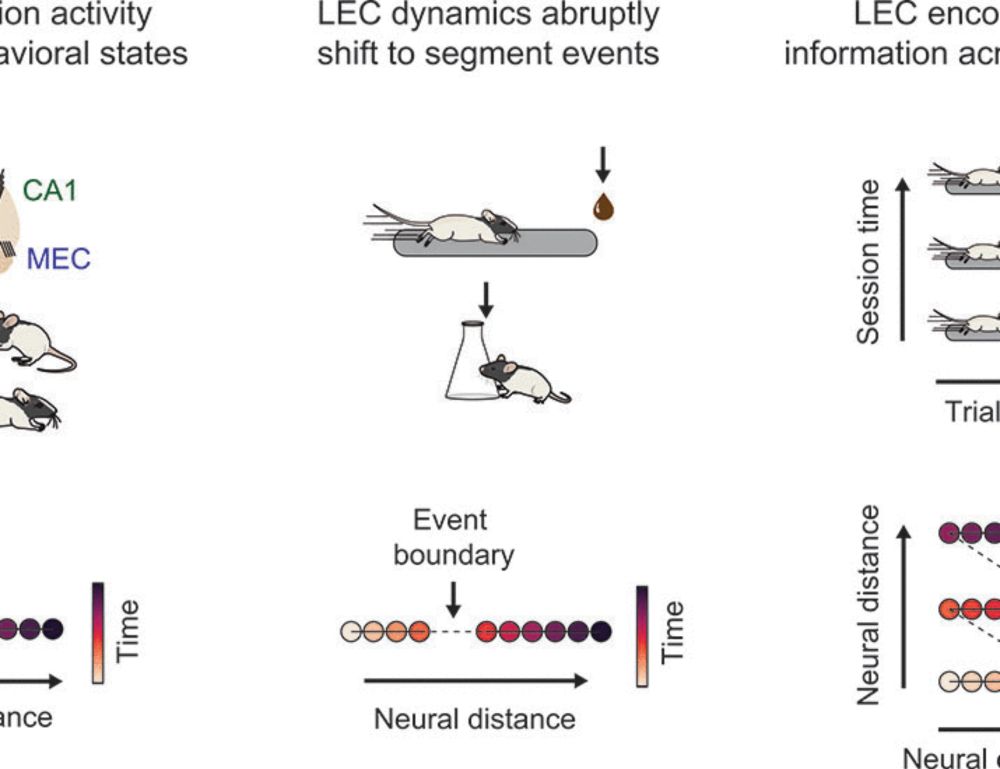
Event structure sculpts neural population dynamics in the lateral entorhinal cortex
Our experience of the world is a continuous stream of events that must be segmented and organized at multiple timescales. The neural mechanisms underlying this process remain unknown. In this work, we...
www.science.org
Reposted by Antje Kilias
Reposted by Antje Kilias
Mari Sosa
@marisosa.bsky.social
· Jun 12
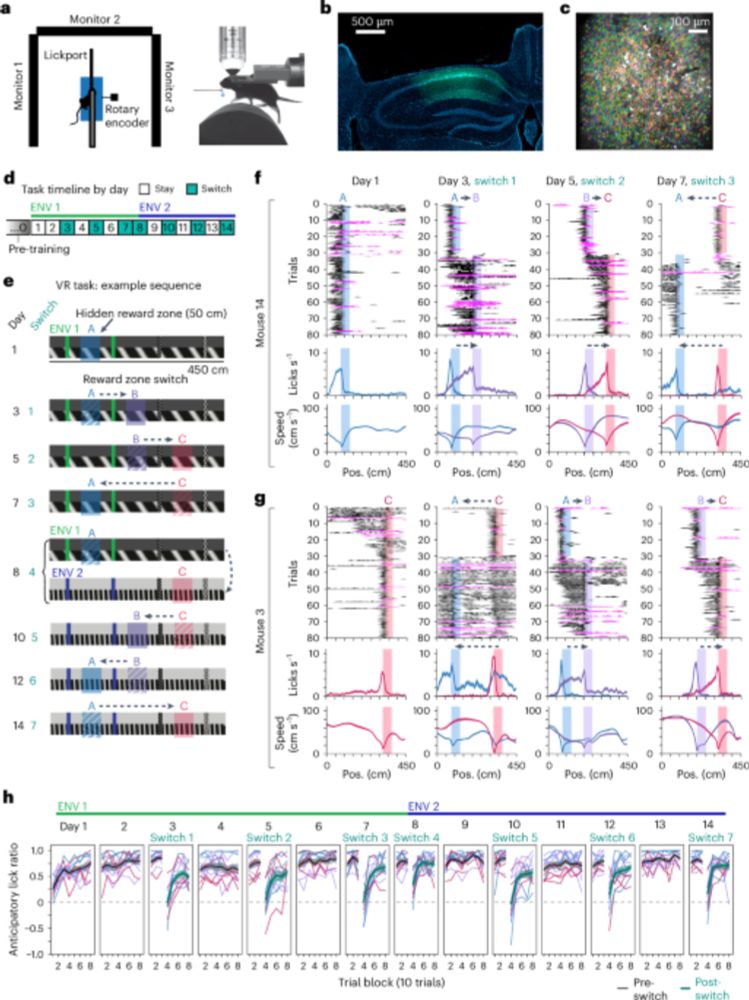
A flexible hippocampal population code for experience relative to reward - Nature Neuroscience
Sosa et al. find that hippocampal neural activity in mice encodes both environmental location and experience relative to rewards, spanning distances far from reward, through parallel and flexible popu...
www.nature.com
Reposted by Antje Kilias
BWJones
@bwjones.bsky.social
· Jun 8
Reposted by Antje Kilias
Reposted by Antje Kilias
Ute Häussler
@ute-fr.bsky.social
· May 20
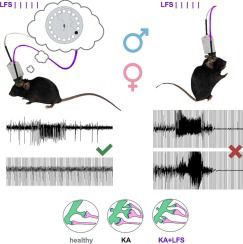
Long-term hippocampal low-frequency stimulation alleviates focal seizures, memory deficits and synaptic pathology in epileptic mice
Mesial temporal lobe epilepsy (MTLE) is a prevalent form of focal epilepsy characterized by seizures originating from the hippocampus and adjacent reg…
www.sciencedirect.com
Antje Kilias
@antjekilias.bsky.social
· May 18
Reposted by Antje Kilias










